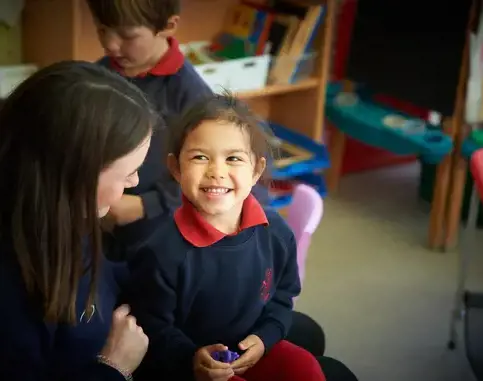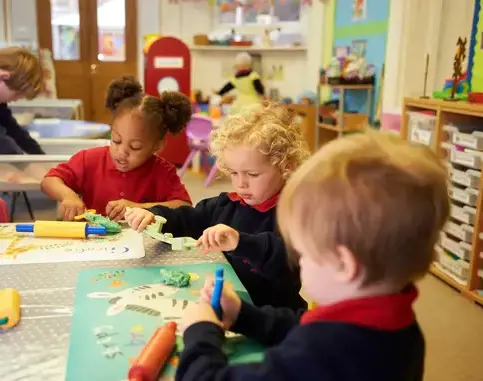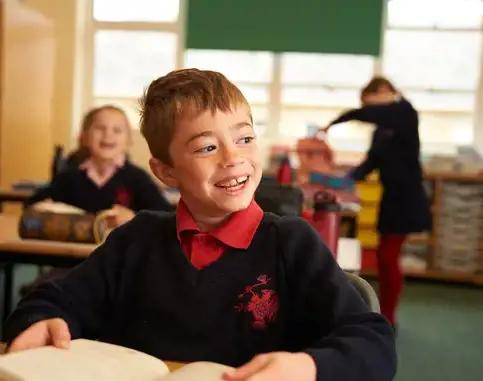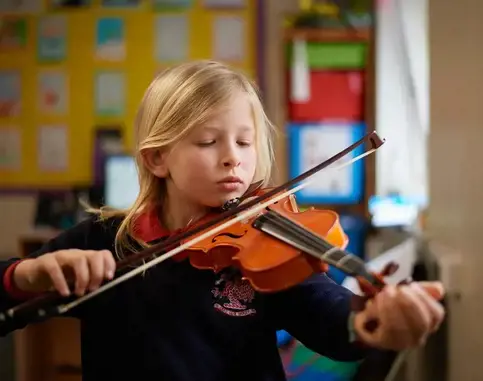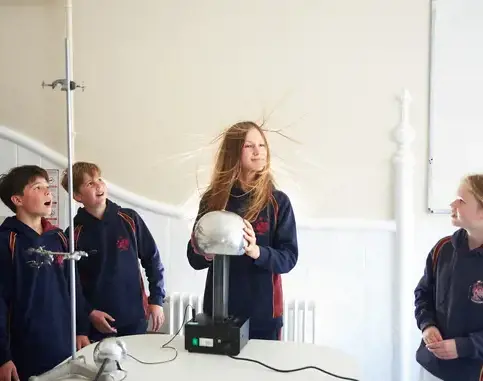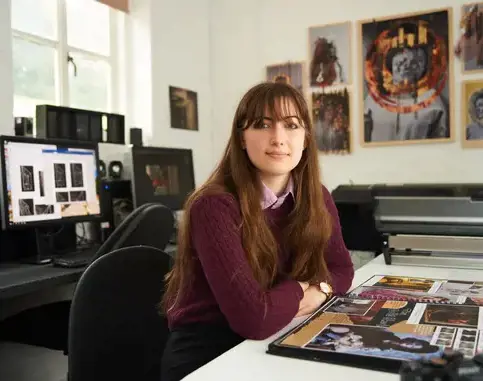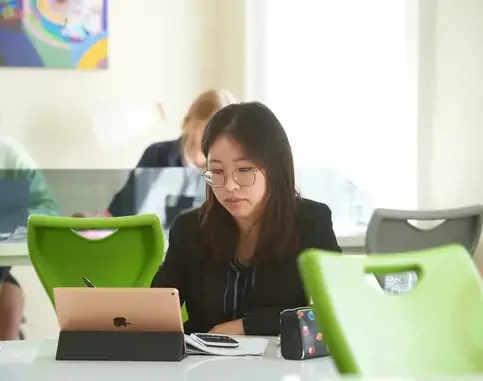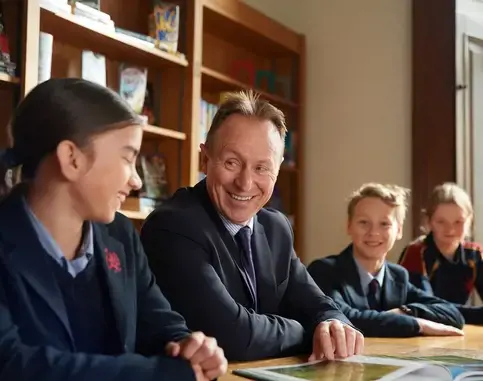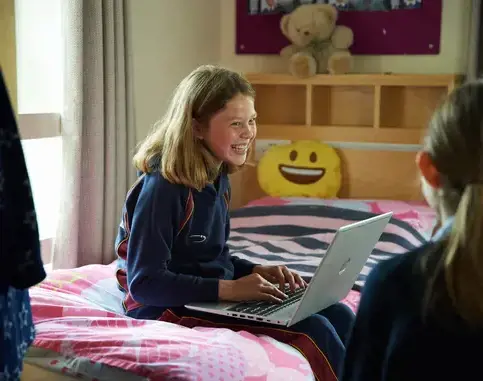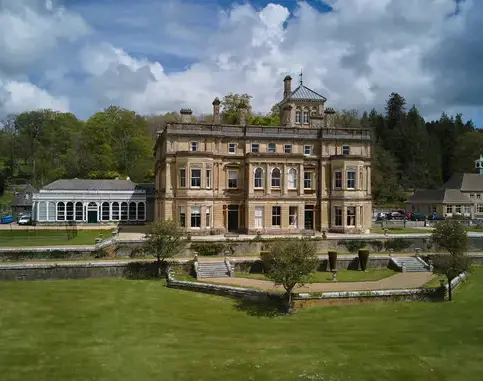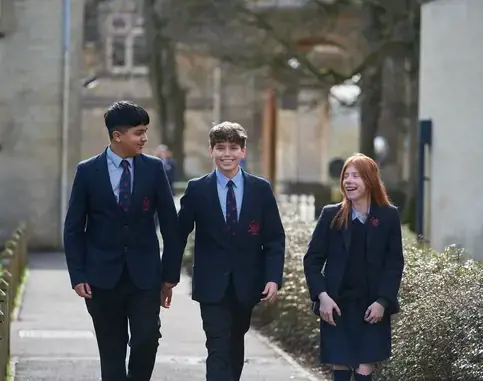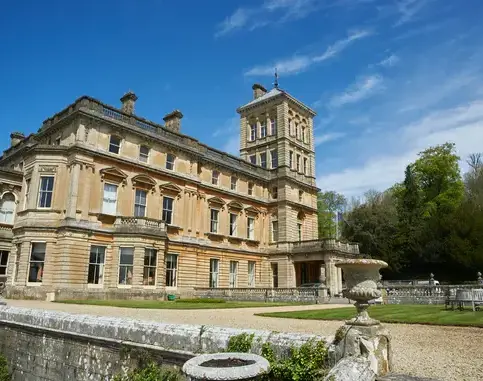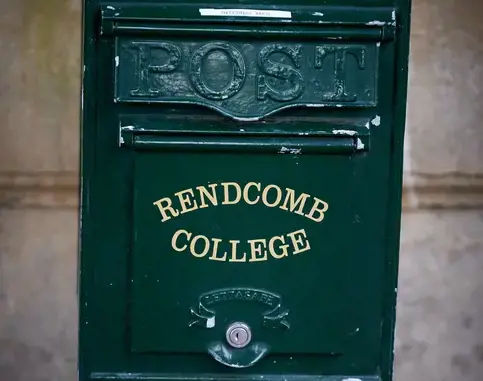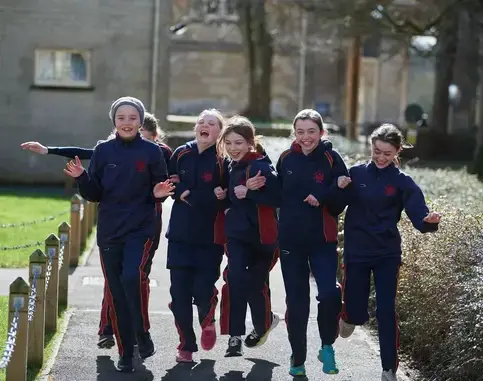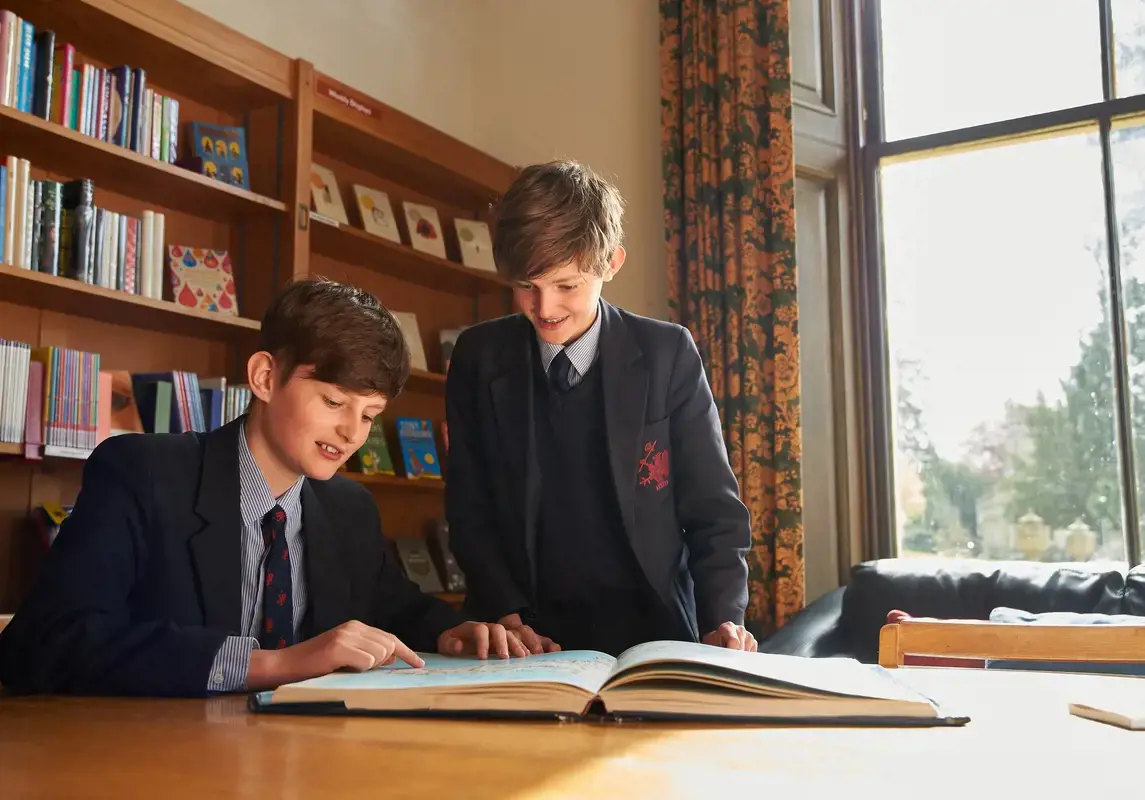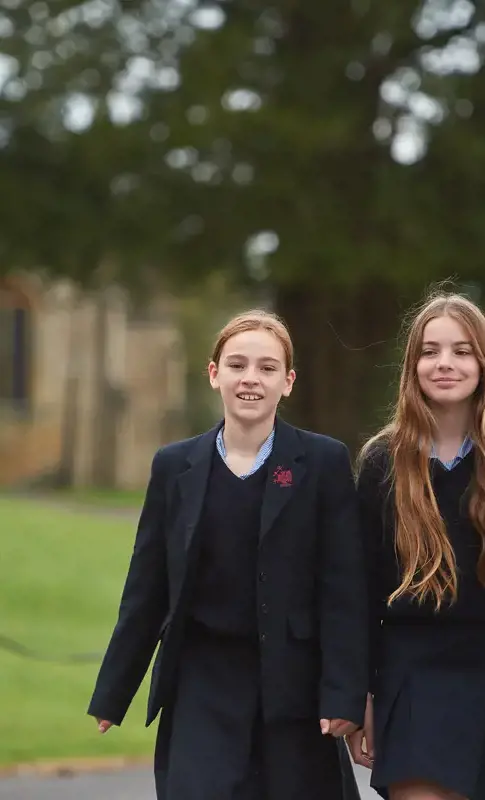Virtual Reality (VR) was once only seen in science fiction films. Today it really is a reality that is used in many different ways for both leisure and work purposes. What is most exciting is that the world of VR could now be used in the classroom to enhance learning.
So, how can VR benefit the learning process? How can it be incorporated into a lesson and what subjects would benefit from VR? Below we take a closer look at VR in the classroom to answer these questions and explain how it will benefit learners.
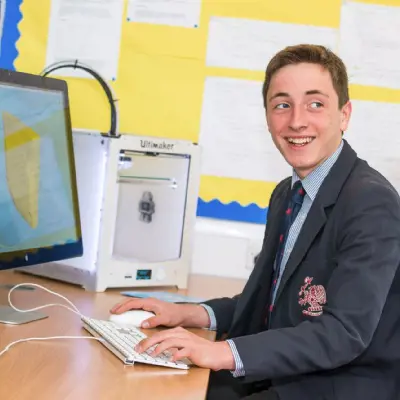
Why use VR in the classroom?
So, why should teachers use VR in the classroom? Well, the answer is that this technology has so many wonderful benefits. Google, Samsung and Microsoft have already created virtual reality software that can be used in the classroom. Here we look at some of the advantages to VR.
A new way of learning
VR puts a different spin on learning in the classroom. Instead of the student sat reading a textbook or watching a DVD, they are involved in visual learning and the interactive classroom environment. It's a new way of learning that is exciting for students which helps to boosts interest.
Engages with students
VR engages directly with the student as it is literally right in their face. This is especially useful for the student who lacks enthusiasm or who finds it hard to learn in the traditional classroom way.
The lived experience
When a lesson involves VR then the student will be immersed in the virtual world, as if they are living and breathing in that world. What this can encourage is lively debate, discussions and empathy towards the people or situations that they encounter.
In depth learning
The classroom will always have books, paper and other media such as video for learning. But, what VR adds to this learning experience is another level that can create deeper meaning and understanding.
What lessons would benefit from VR?
VR can be used for any subject. Here we share some ideas on how it could be used for specific subjects.
Science lessons
VR can really bring those science lessons to life. When learning about molecules and atoms in Chemistry, then instead of looking at a 2D image you could view a molecule in the VR world, rotating it and getting a real sense of how it looks.
When learning about the human body in biology, then instead of looking at pictures of a skeleton or organs, you could view them as a VR image, seeing in real-time how these organs work and connect with each other. It is such an exciting prospect.
English and drama
Bring the theatre to life by being part of the audience while watching a Shakespeare play at The Globe. Take a tour of the stage and backstage, admiring the views from the stage.
When having to read a set text, then this can also be done in the VR, reading to a VR audience as opposed to classmates, or even in a VR setting such as a beach, helping to create a soothing and restful setting.
Geography
The world of VR was made for those Geography lessons. We can all use Google Earth to see an image of anywhere in the world, but VR makes you believe that you are really there. Students can go on that exciting virtual field trip to see the pyramids, visit the Alps or even to explore the canals of Venice. Schools are already embracing the VR technology from Google Expeditions.
Learning a new language
We are all aware that the best way to learn that new language is to immerse ourselves in the language and culture. VR allows students to do exactly this. When learning Spanish the student could visit Spain, go shopping and practise their spoken Spanish with the use of VR simulation. This way of learning is also more desirable than simply reading from a fact sheet or book.
So, VR really does look set to become a firm fixture in the classroom. It has so many benefits for the classroom, including offering a new and exciting way in which to learn, enables students to interact and engage in a subject in greater detail, while enhancing the entire learning experience. VR can help to boost learning and encourage interaction and lively discussion. VR really is here to stay.

